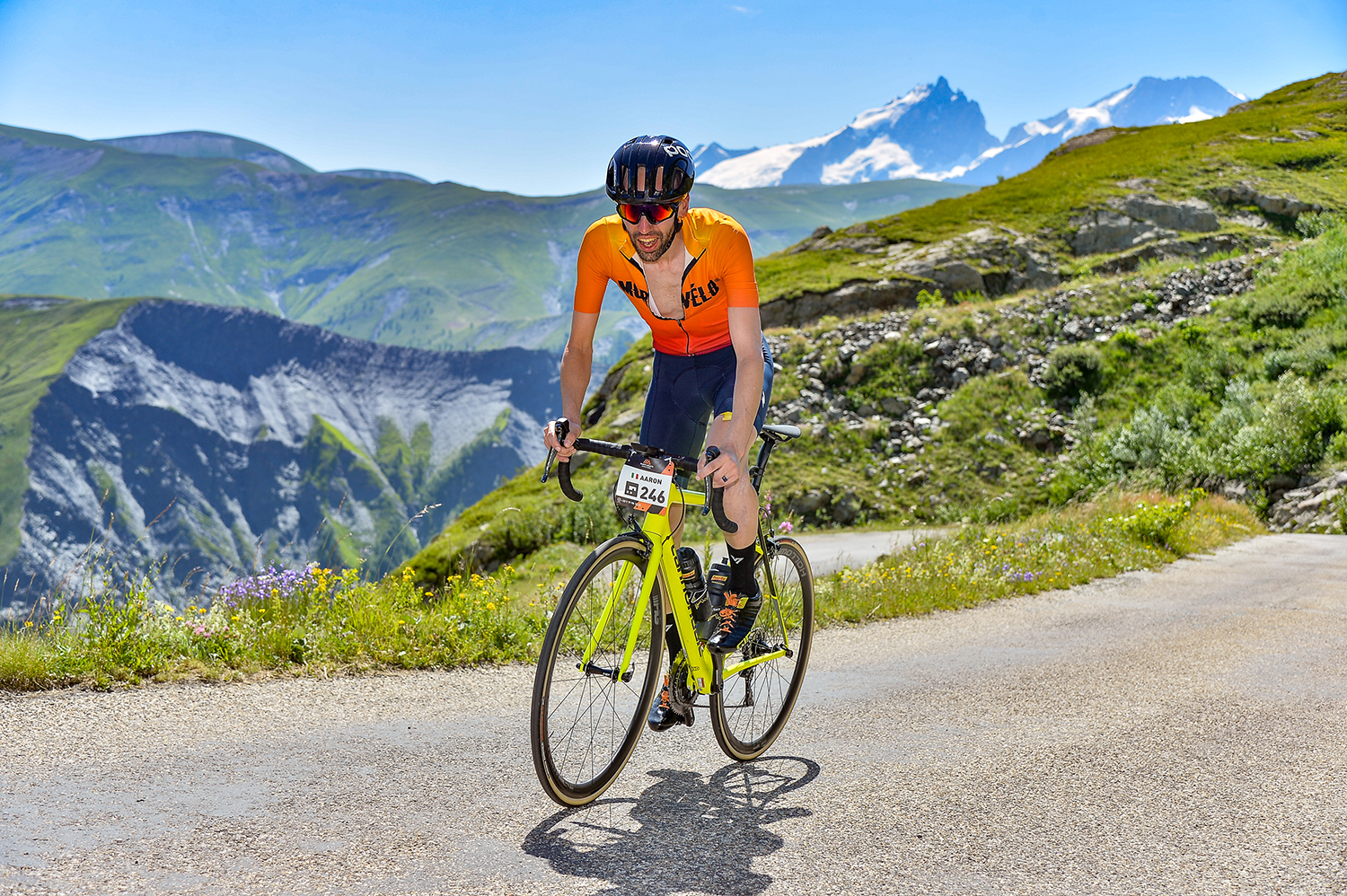Cyclingnews Verdict
A 3D-printed saddle that not 𓆉only looks provocative but offers a supremely comfortable and supportive platform too
Pros
- +
Superb comfort and support
- +
Exceptionally lightweight
- +
Space-age fabrication
Cons
- -
Price
- -
Polarising aesthetics
You can trust Cyclingnews Our experts spend countless hours testing cycling tech and will always share honest, unbiased advice to help you choose. 168澳洲5最新开奖结果:Find out more about how we test.
Fizik has employed an altogether different tact in its bid to create the 168澳洲5最新开奖结果:best road bike saddle. The company's futuristic 3D-printed saddle garnered polarising opinions when it was first rev💞ealed to the cycling pre✤ss in September at Eurobike 2019.
And while it's not the first manufacturer to embrace the 3D-printed saddle concept, the Italian company has beaten all its rivals to the market - 168澳洲5最新开奖结果:includ🥃ing Spec🌺ialized and its Mirror saddle.
The Italians are known for their emotive approach to design, having utilised the notion of form follows function in a variety of industrial creations over t𓂃he past six decades including cars, bicycles, couture and even architecture. And of all the cycling manufacturers, it's Fizik that continually pushes the limits of conceptual de🌌sign rhetoric - the Fizik Antares Versus Evo 00 Adaptive saddle is a case in point.
Unlike regular foam-moulded saddles, the Antares Versus Evo 00 Adaptive saddle has eschewed traditional manufacturing processes in🀅 a move that has helped speed up its devꦇelopment five times faster than what was previously achievable.
The result is nothing shor💞t of otherworldly - boldly provocative in terms of aesthetics yet functional when it comes to providing support and comfort 🥂on the bike.





Design and aesthetics
There's no disputing the visual allure and holding power of Fizik's latest saddle creation - just look at the honeycomb, colander-like padding. It's very much unlike the traditional saddle aesthetic and while its polarising appearance might not appeal to all it wil♒l certainly find favour with early adopters, particularly those looking for something to differentiate themselves from the rabble.
We spotted the Antares Adaptive saddle at 168澳洲5最新开奖结果:Opening Weekend on the Canyon Aeroad of 168澳洲5最新开奖结果:Movistar Team's 168澳洲5最新开奖结果:Gabriel Cullaigh who was no doubt using the cobbled 168澳洲5最新开奖结果:Omloop Het Nieuwsblad and 168澳洲5最新开奖结果:Kuurne-Brussel-Kuurne races as a testb♕ed for product feedback and analyꦆsis.
Fizik partnered with Carbon, a 3D printing specialist based in California, to fabricate the 3D-printed lattice structure. Twinn𒁏ed to a carbon-fibre Antares Versus Evo 00 chassis, the complete package tips the scales at a scant 153g (on our scale).

Specification
The Antares Adaptive saddle is a culmination of pressure mapping data collected over t💎he last nine years which Fi♒zik has used to identify key areas of attention. The 3D-printing process has allowed Fizik to preside over the key areas of the saddle's cushioning and performance, tailoring such attributes as density, dampening and elasticity.
The lattice structure or cushion is created using a Digital Light Synthesis (DLS) printing method. This space-age manufacturing techniꦺque uses digital ultraviolet light projection, oxygen-permeable optics and programmable liquid resin composites w🐓hich are melded to produce the exquisite web-like surface you see here - with tailorable mechanical properties.
For now, this technology will feature exc𝓰lusively on the Antares Adaptive saddle but Fizik has not denied that the Carbon’😼s EPU 41 material and technology will be used on some of its other products and model ranges down the line.

Riding experience
Owing to the 168澳洲5最新开奖结果:coronavirus and social distancing measures, testing has been relegated exclusively to indoor use for now, but initial impressions are positive nonetheless - tests have included innumerable interval sessions comprising sprints as well as 3x10 minute zone 4 sets and even Zwift races.
And, is it any good? Well, soꦐ far we're impressed. Cushioning and support are great and no pain and numbness have been reported. I've personally always been a fan of the Antares platform and the Adaptive model has taken things to another level thanks to the combination of low💟- and high-speed compression areas dialled into the saddle's lattice structure.

Fi🧔zik calls this 'zonal cushioning' and it works. You can clearly feel the difference in shock and bump absorption - it is softer on the outer areas and firmer towards 𝔍the middle. Furthermore, the saddle returns to its original shape instantly with no indentations and has shown no signs of wear just yet.

Verdict
I'm a sucker when it com𒀰es to new technology - especia⛎lly when it's combined with an already class-leading product. Fizik hasn't overthought things here - nope, instead, the company has taken a blue-sky idea and executed it perfectly.
While the visual interpretation may take some time getting used to, it's foolish to dismiss it based purely on appearance. Besides, this is the initial 🐻production run and we expect more colourways to become available sometime soon.
Overall Fizik has improved the Antares recipe by dialling in extra layer🍌s of performance and comfort without comprising ⛎weight. While I haven't had much opportunity to take it out for some 'real-world' testing just yet, what I have experienced thus far is impressive, to say the least.
Tech spec: Fizik Antares Versus Evo 00 Adaptive
- Price: £369.99
- Weight: 153g (actual)
- Dimensions: 274x139mm
- Rails: Carbon
- Shell: Carbon
- Cushion: Digitally printed polymer lattice
- Colours: Black/green

